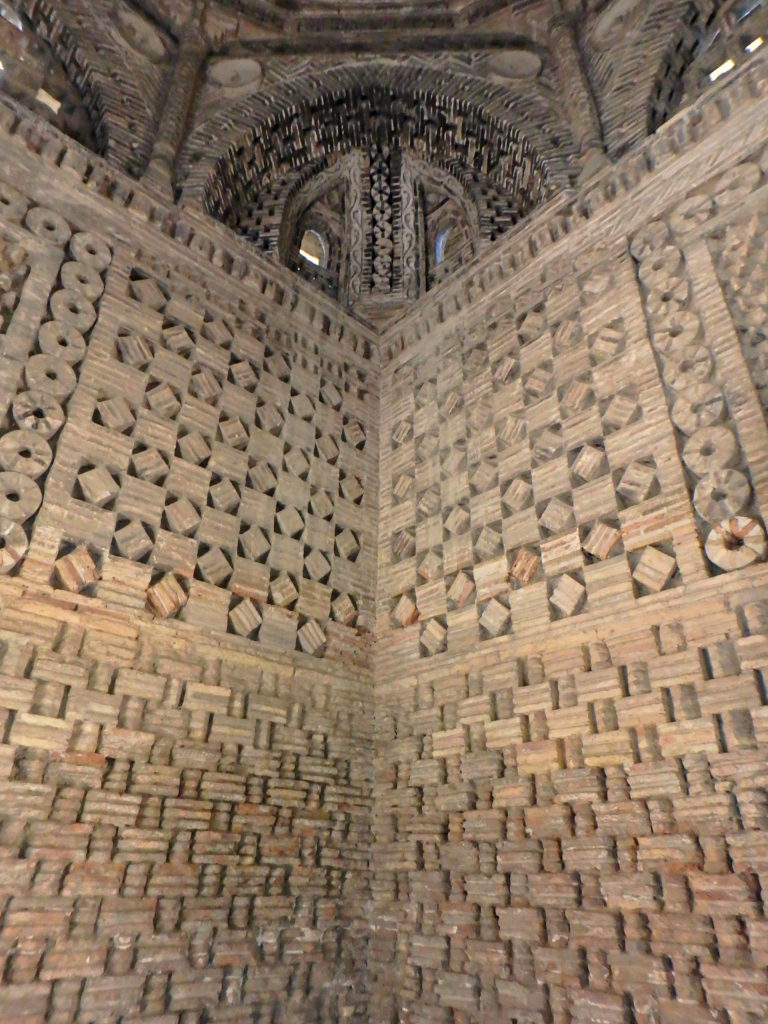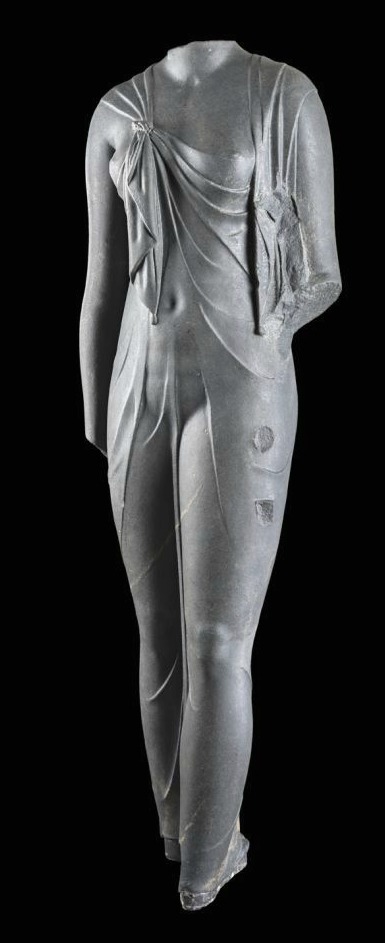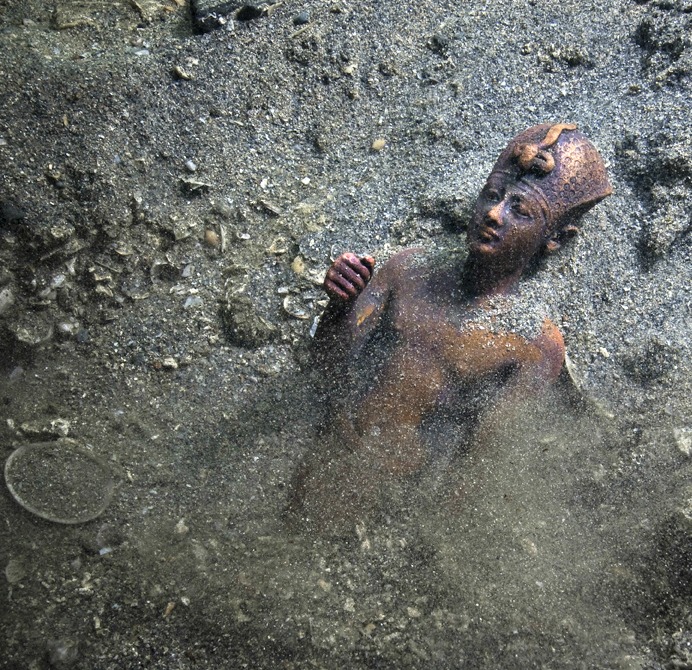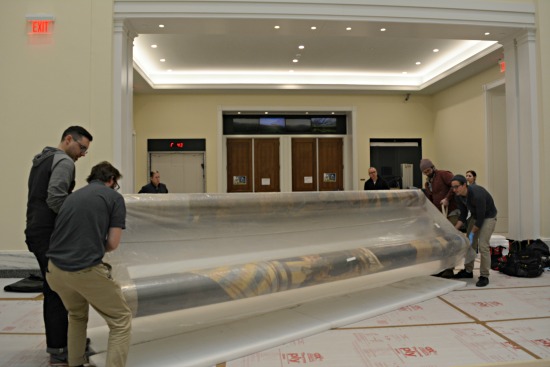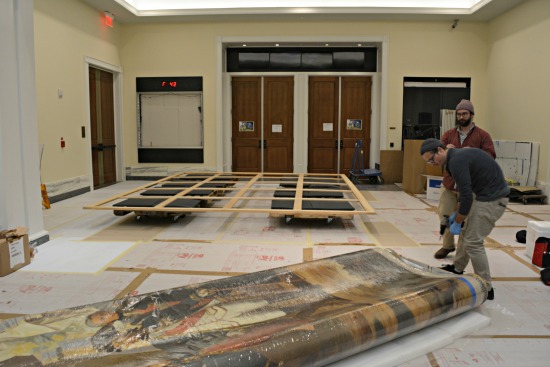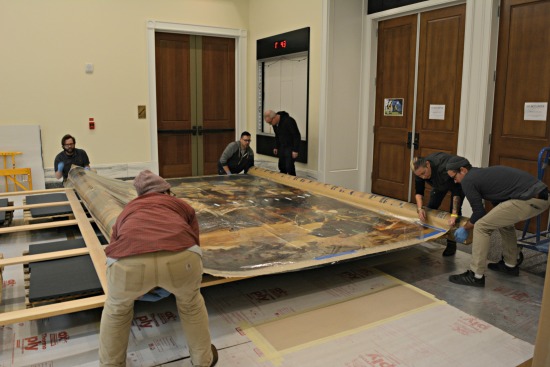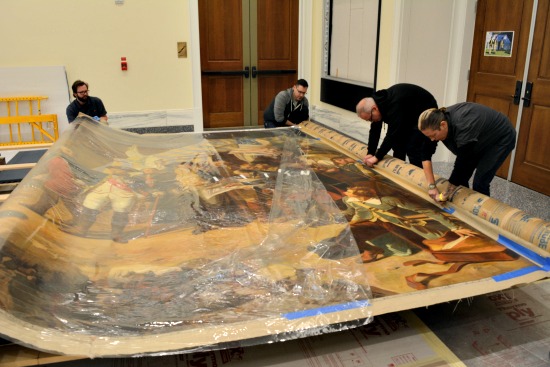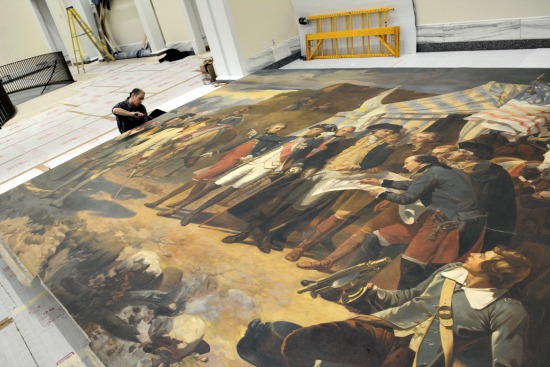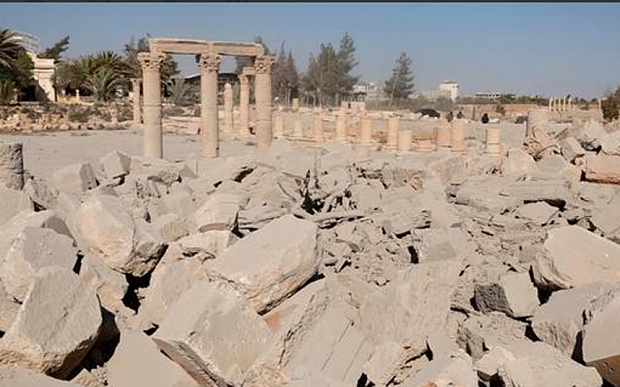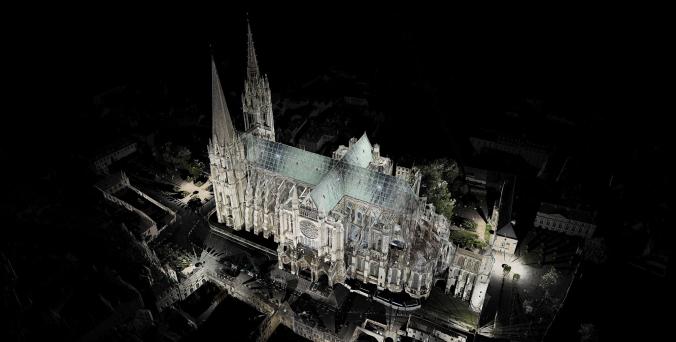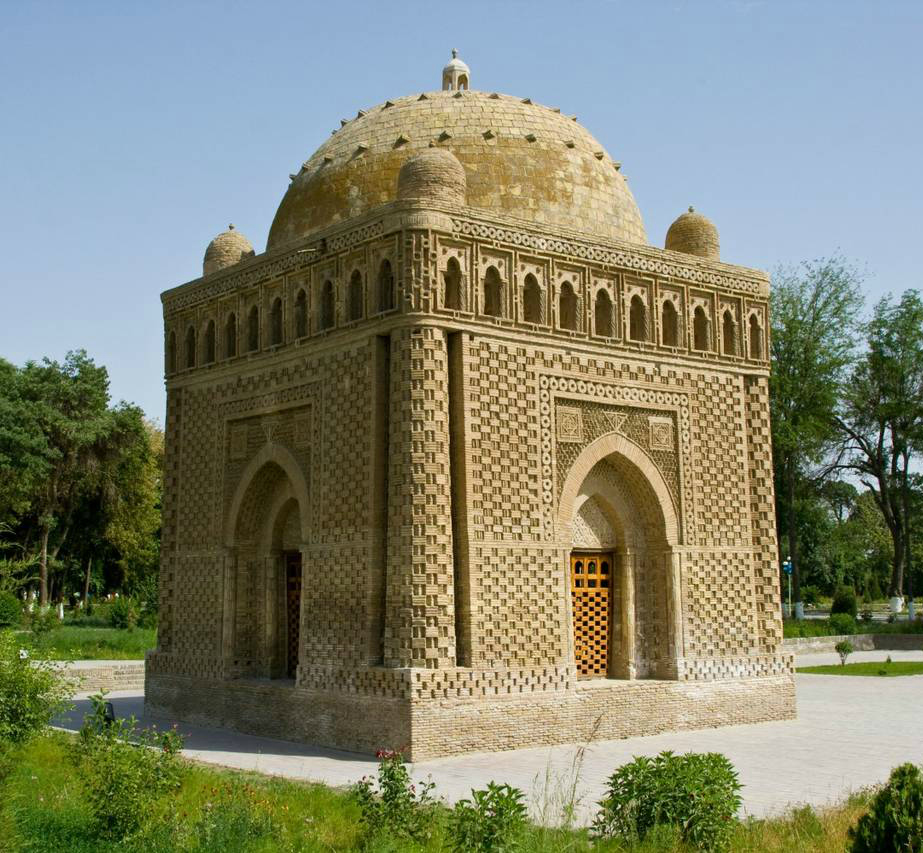 There are many reasons to visit Uzbekistan, which I did last fall. As usual, I brought back a Masterpiece column for The Wall Street Journal. It describes and explains the Samanid Mausoleum in Bukhara. The little structure not only survived the 13th Century marauder Ghengis Khan but also many earthquakes and other natural shifts: now it is the earliest example of a Samanid tomb to survive and is on the UNESCO world heritage list.
There are many reasons to visit Uzbekistan, which I did last fall. As usual, I brought back a Masterpiece column for The Wall Street Journal. It describes and explains the Samanid Mausoleum in Bukhara. The little structure not only survived the 13th Century marauder Ghengis Khan but also many earthquakes and other natural shifts: now it is the earliest example of a Samanid tomb to survive and is on the UNESCO world heritage list.
It’s quite important, aside from its beautiful brickwork, because it shows the engineering and architectural breakthroughs that were occurring in the 9th and 10th centuries in Central Asia. As I explained:
This was the age of Al-KhwÄrizmÄ« (c. 780-c. 850) and Al-Farabi (c. 870-c. 950), renowned Islamic mathematicians whose work helped to beget the first major school of mathematicians in the Islamic world. Their algebraic and geometric advances found practical applications in the work of contemporary engineers and architects.
Here, they used that knowledge to gradually transition from the cube space into the dome above. First, atop the cube sits an octagonal structure with arched squinches angled across each corner. From there, the structure grows upward with ever more sides until it becomes a circle.
Brick squinches, here decorated with windows and patterns mimicking those below, are not unique to the Samanid mausoleum. But this form, with its fractured spaces, would later evolve into the often gloriously gilded or brightly painted, three-dimensional honeycomb building corners that are known as muqarnas. Sometimes called “stalactite vaults,” muqarnasembellish many palaces, madrassas and mausoleums in the Muslim world and do seem to be unique to Islamic architecture.
A Final Resting Place, Both Beguiling and Beautiful ran in Saturday’s WSJ. If you cannot read it there, because of the paywall, you can find it on my website.

